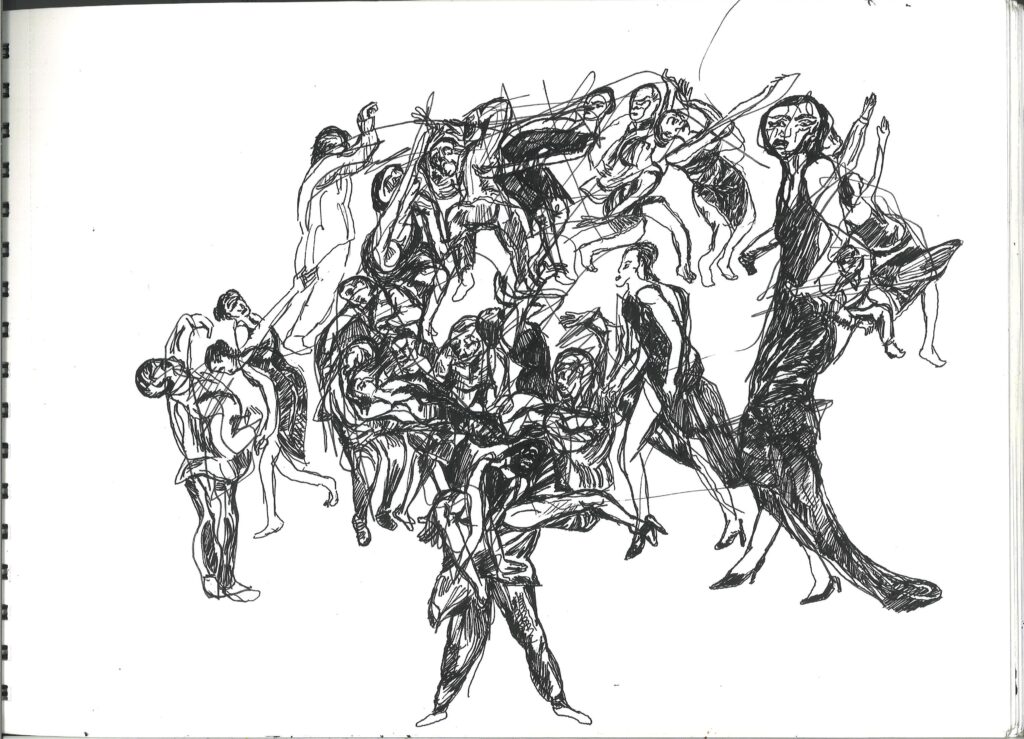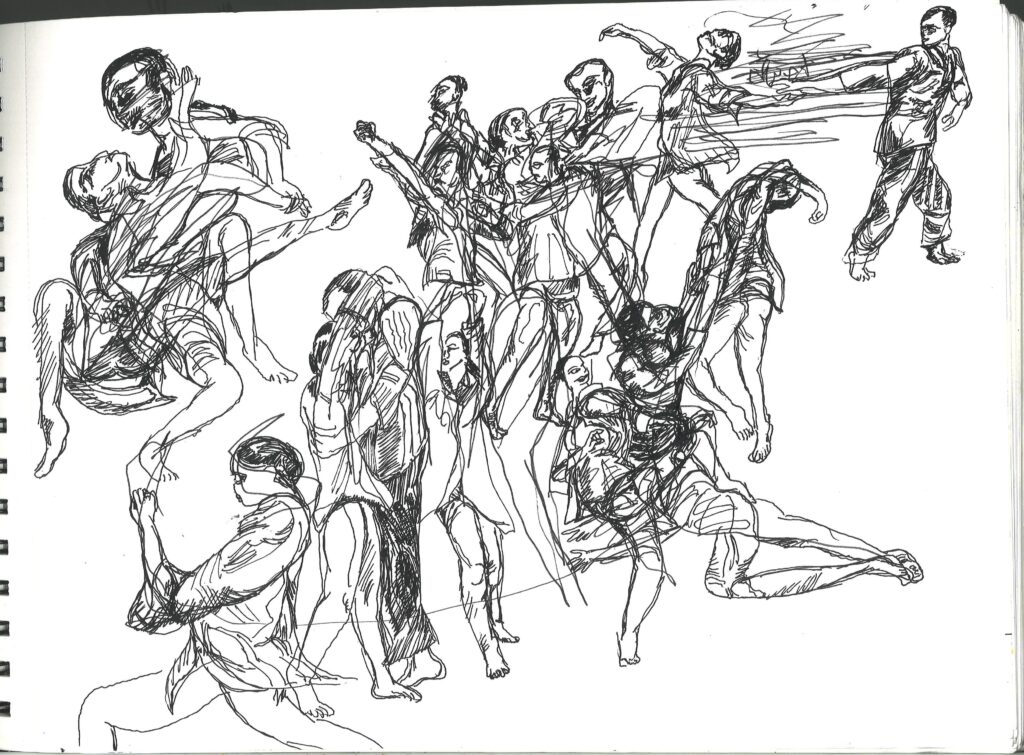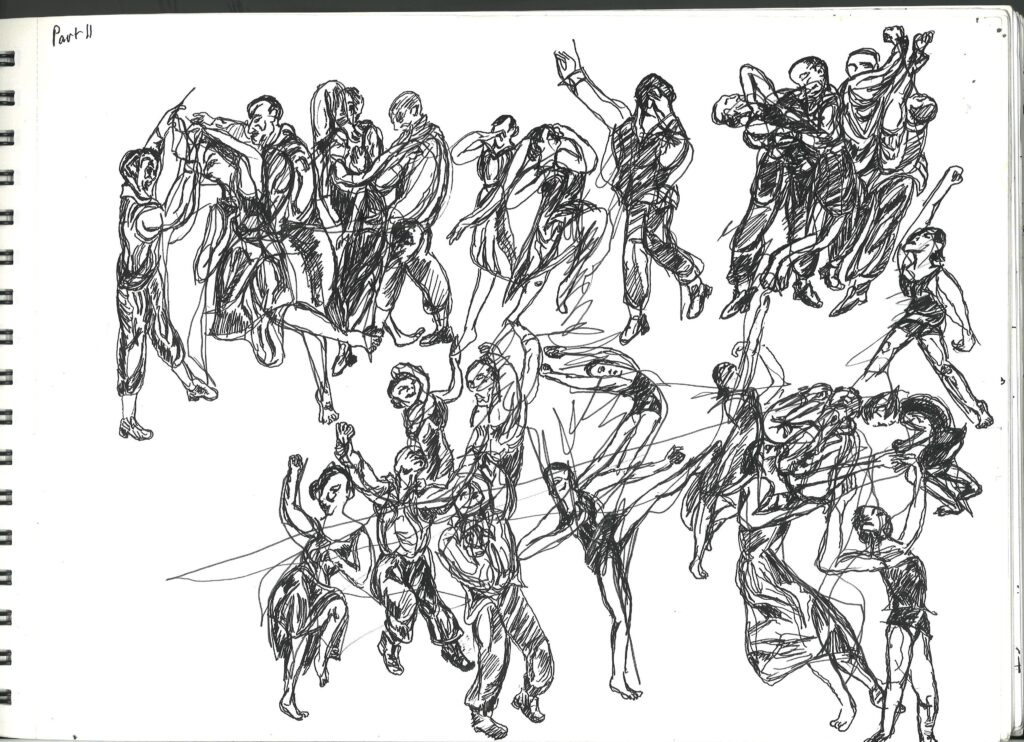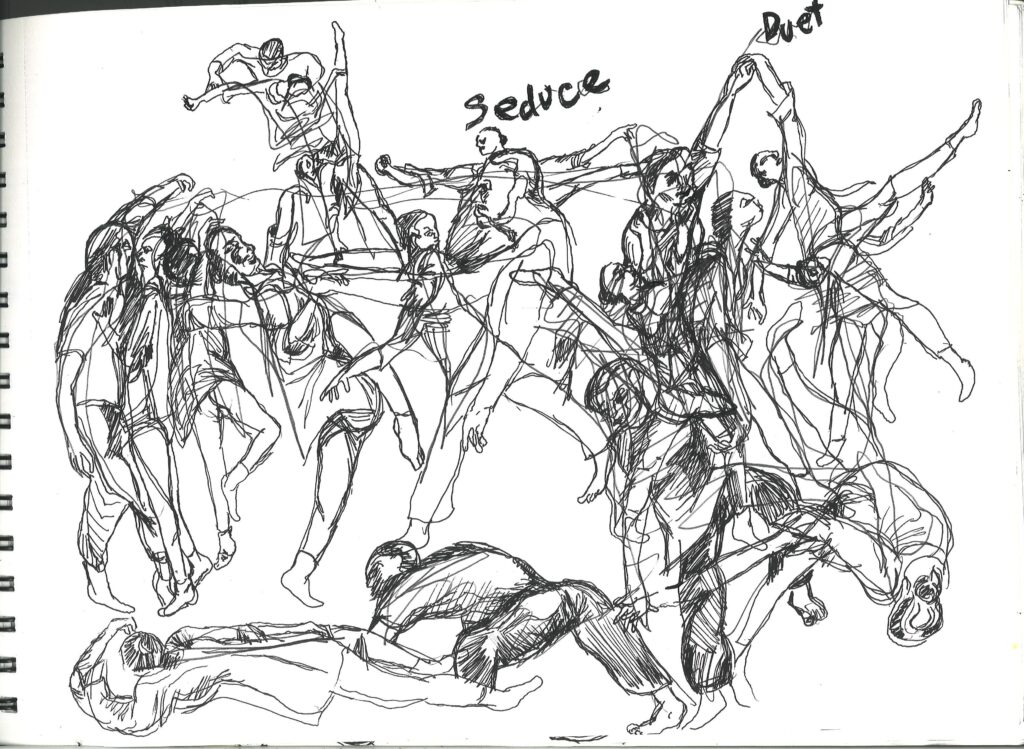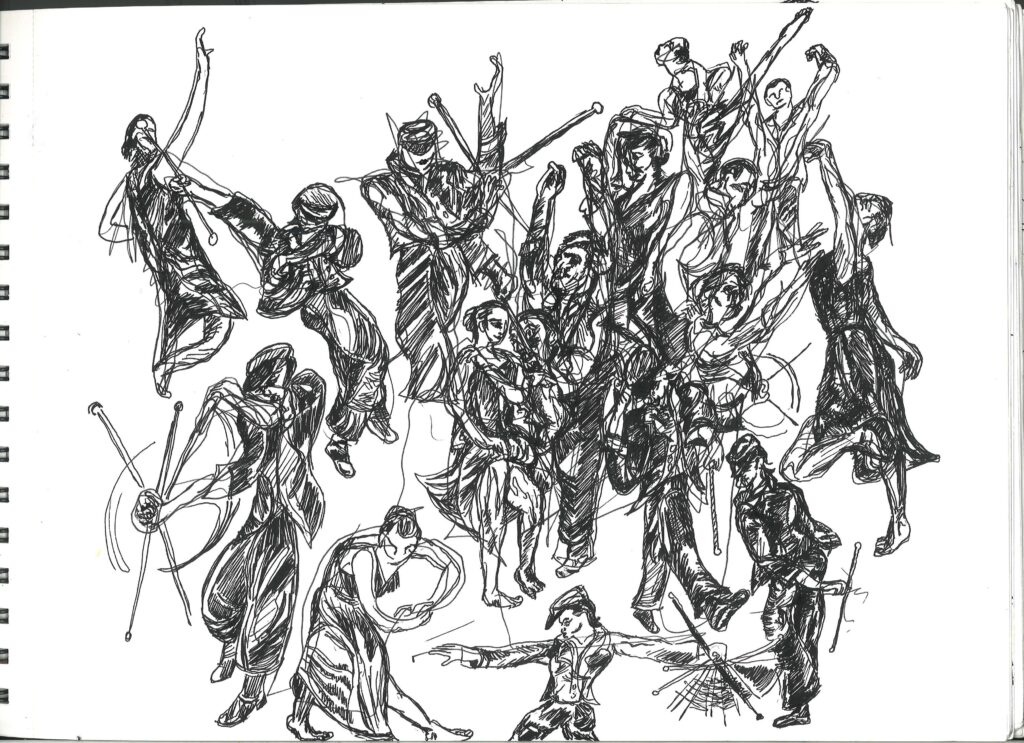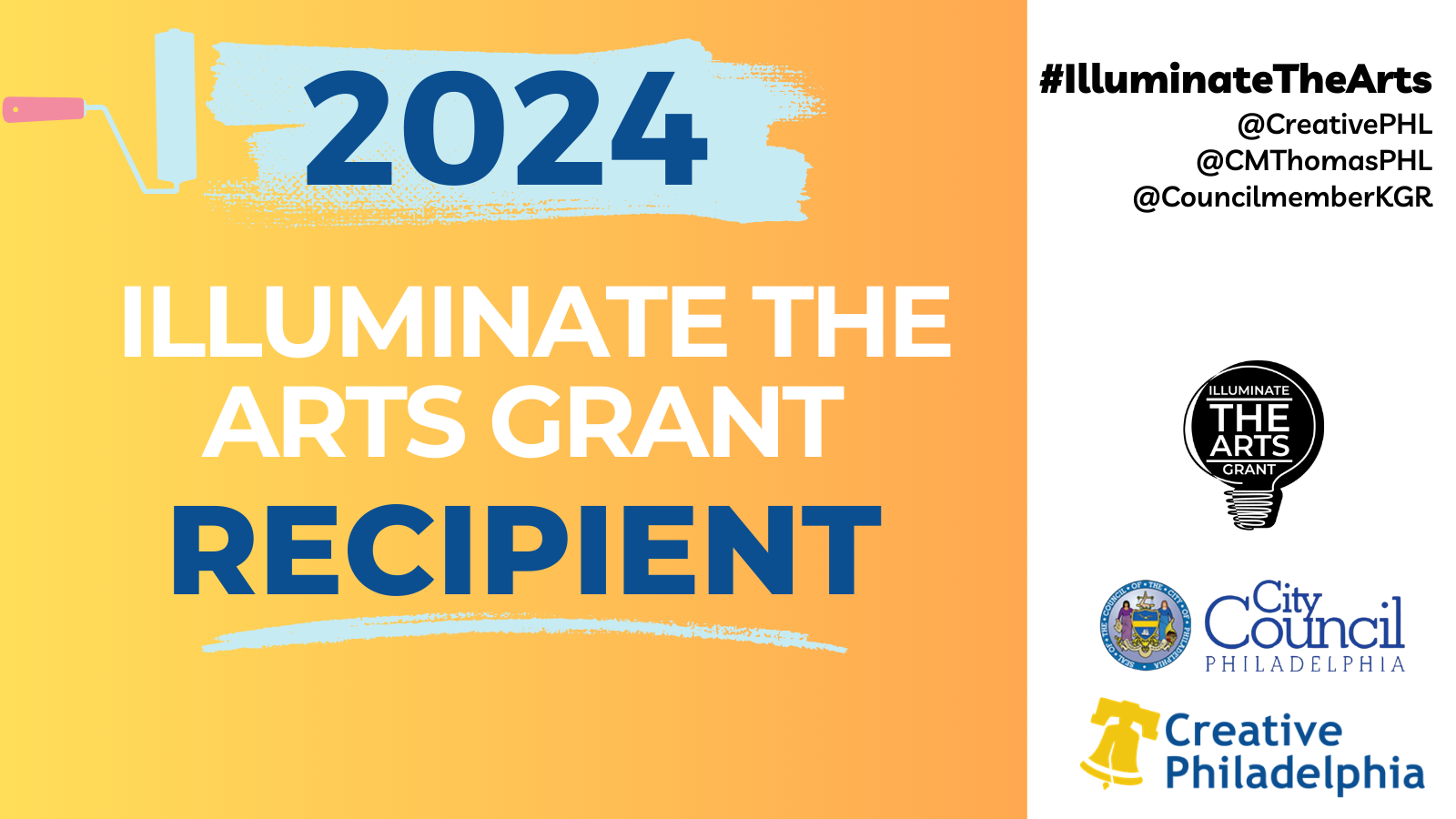The open ended reality of the masked ball through the ages, eclipsed by the timelessness, Koresh Dance catapults its way into realms of a dream or fantasy.
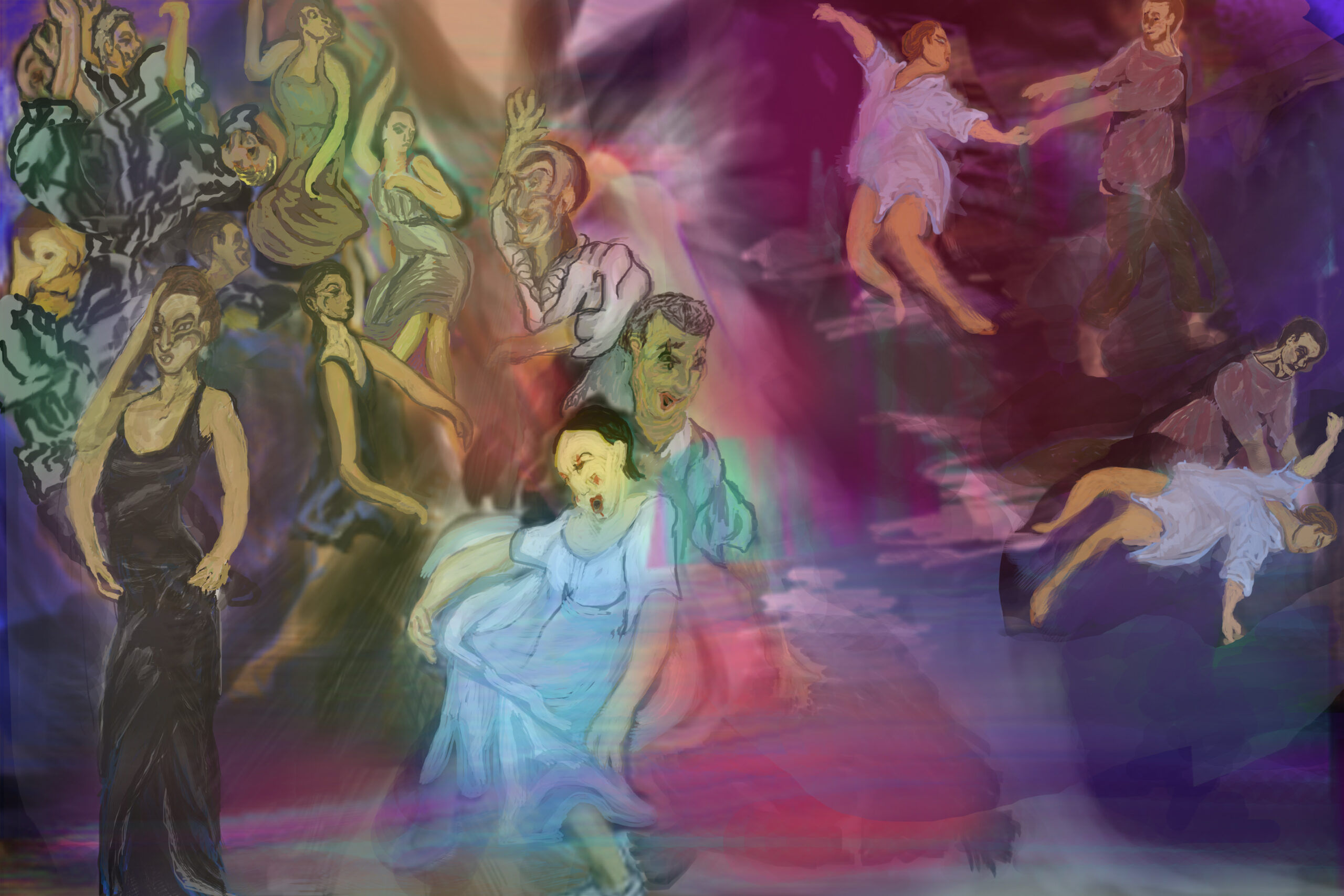
A dual presence on stage with live singing by Sage Deagro-Ruope, searching for something more human. Impressively standing together with this band of dancers, exploring the ribbons of thoughts connected to this masked ball.

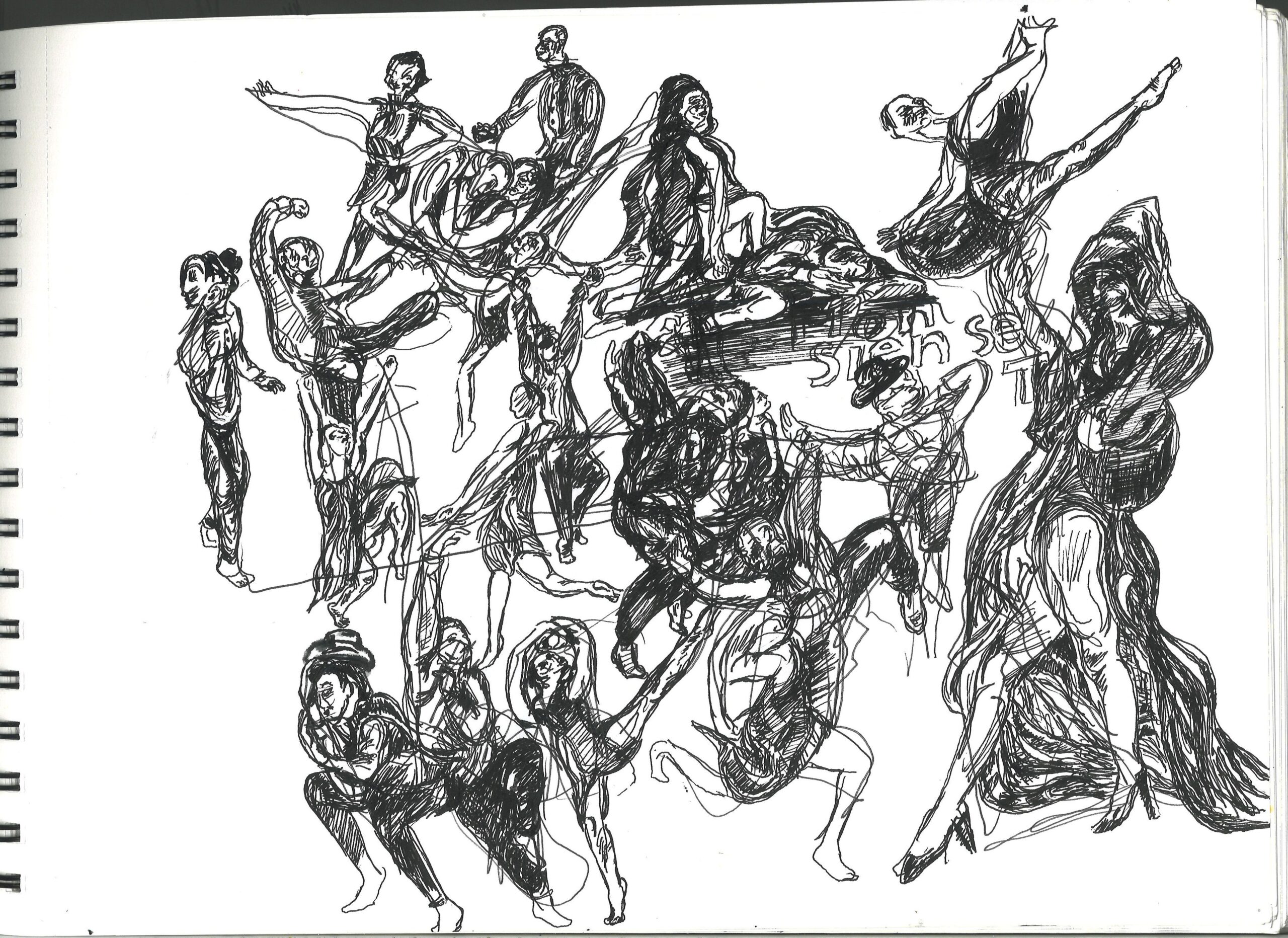
With many twists in the setting our interest followed the heroine’s singing. In the naked fashion of Danté and Virgil, looking at the singer’s wardrobes, really tells us of an underworld descent. In excerpts from opera’s classics, poetry, and original text by Koresh, sung by Sage DeAgro-Ruopp whom adapted the visual form into an ethereal performance.
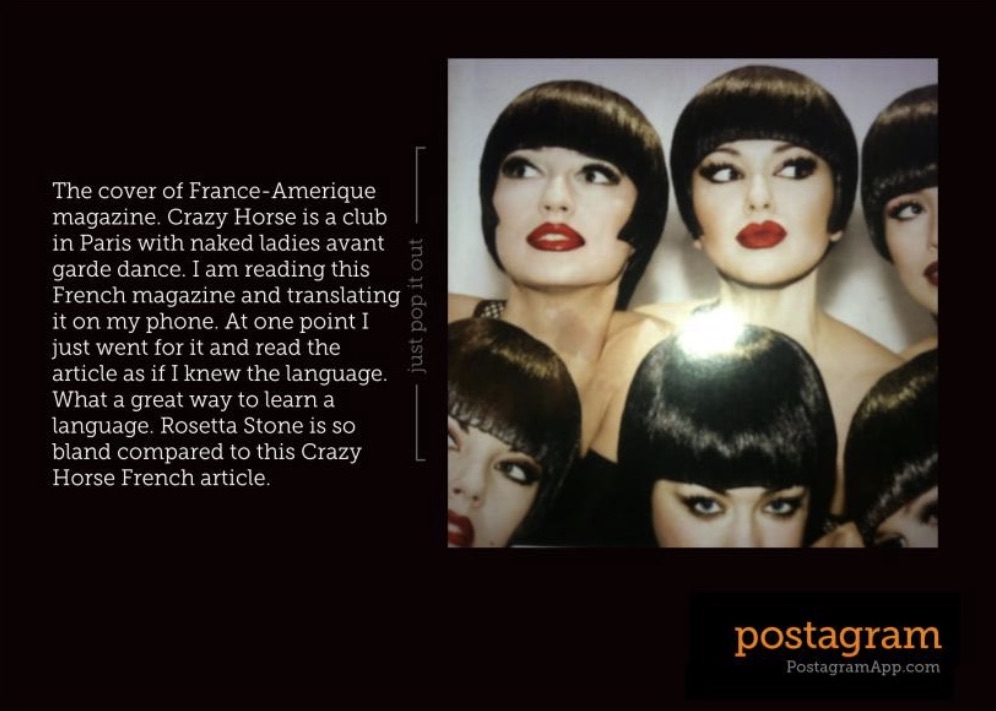
The influence aside, around the time period of experimenting in urban centers around the world, the exposure of different cultures transcends language to explore the diversity in a worldly fashion.

Introducing the technique, Gaga from the deep roots of the Israeli born choreographer, Ronen Koresh. Objective of the contemporary dance company in its many forms rendered rooms that felt classically framed. At every turn of the story was a new space decorated by dance. A detachment from our physical space continually transitions for this spacious mansion unfolding. This actively involves audiences in an immersive theme and paradigm for having this masked ball.
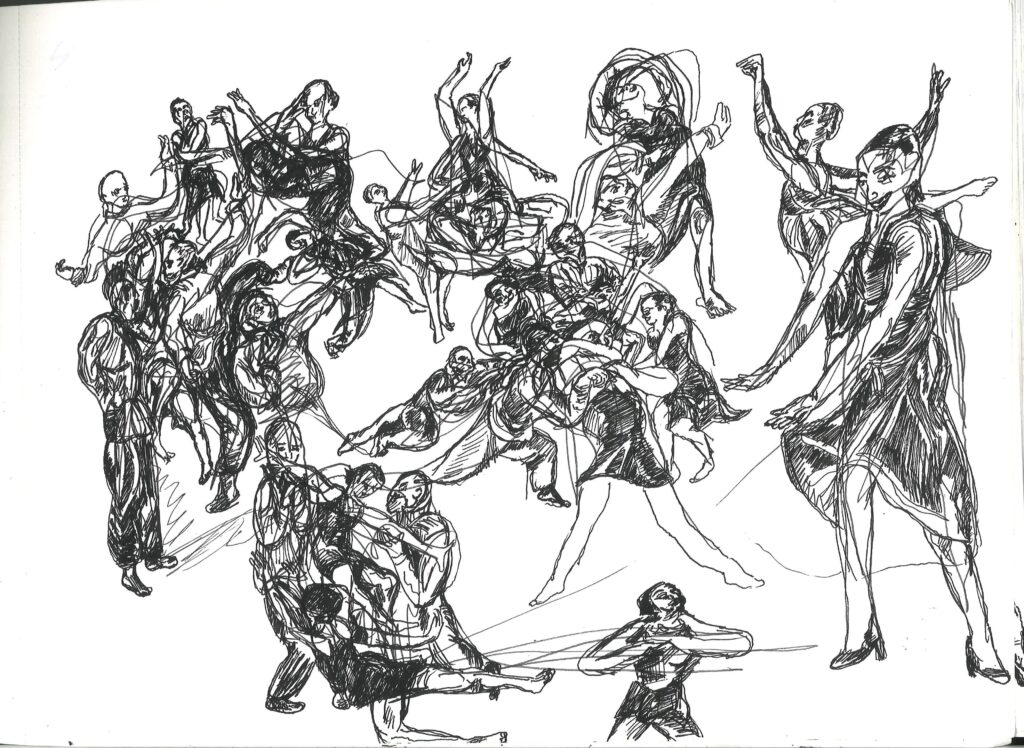
Influences collaborate on communicating the many languages sung, thus grasping vital expressions at the edge of the stage, and the poetry, costume, and, rollicking scene of transitions. Debauchery thickened the plot with La Bohème in its finale.

The closer this ever-evolving dance amounted to a single subjective world, just when we imagined the social or substantiality, a trick and bargain of dancing and dreaming. Masked balls beginning in the 15-16th century Europe called for outrageous displays of liberated societies, or environments constructed to pervade our imaginations. The scene evoked the in’s and out’s of a very delicate nature connecting with our fantasy through a renaissance of sorts.

The dance impresses the audience like an event classically arching one with a medieval dusting, sunlight shining through multi-colored stained glass, and a window that was once grand, but certainly aged, more somber for another day. This setting excites imaginations, in layers of seductive; gothic to a point of jesting, and mysterious. All qualities of the carnivalesque type which advances the art of illusion, but dissolves many times fading into the next side show, fun house, or master of the baton.
It revolved around this historic note on medieval festivals, and performance from the renaissance artists that transformed the space. Contrasting with the beating bass of more electric fluid movement that trends from the Gaga Style, and jazz movements that complement the rhythm for Koresh Dancers.
The Masquerade figuratively, an intervention to peel the layers of necessity which lie on the surface. In order for us to reveal that which lies behind the mask, poetically measured to reflect the isolated psychological being.

The tone echoed with the fluency of the dance, disappearing into the forms, reflecting on the program and in the poetry of “Apart Together,” and “Together Apart.” A very real implication that the mask, in the quotidian effect, the poetry gave insight into the actual life of societies masked superficialities. The rhythmic variations throughout the dance, ascending with arias, and horizontally executed by orienting our focus on the assertion that this place is from a Decameron string of stories.
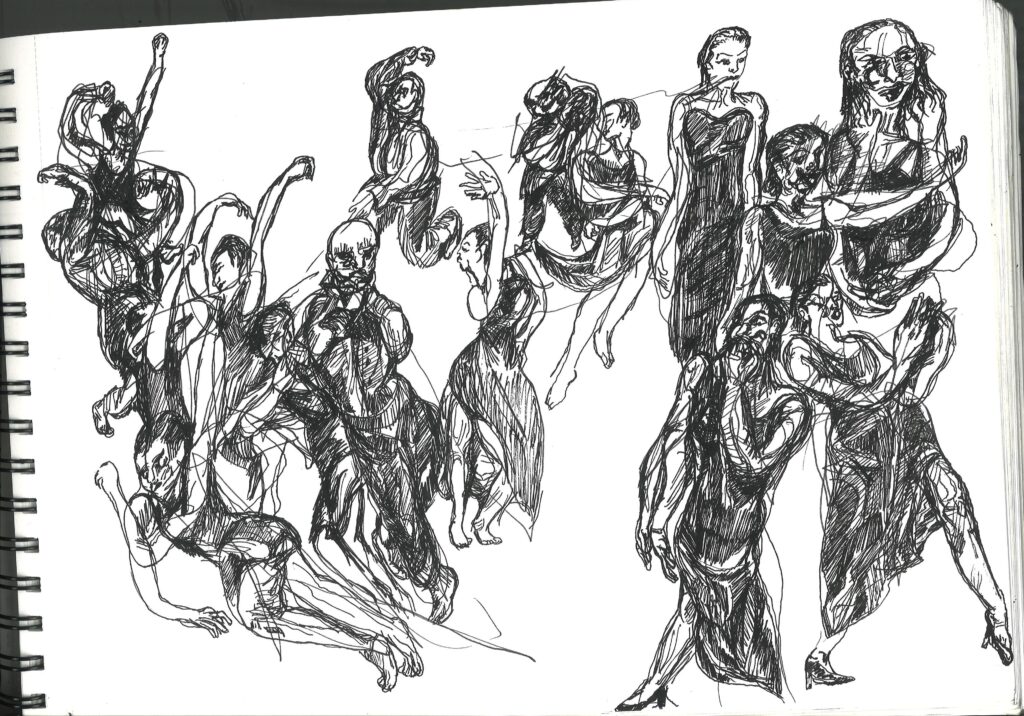
The mirror of nineteenth century literature dramatically inserted here, as we dream of inventions of seductive natures. A variation of “mirrors” becomes the company’s stage for many metaphors. Dancing with the idea of unmasking the heart. And in 2024, when they reveal Hollow Apple, introducing “Into the Mirrorverse.”
